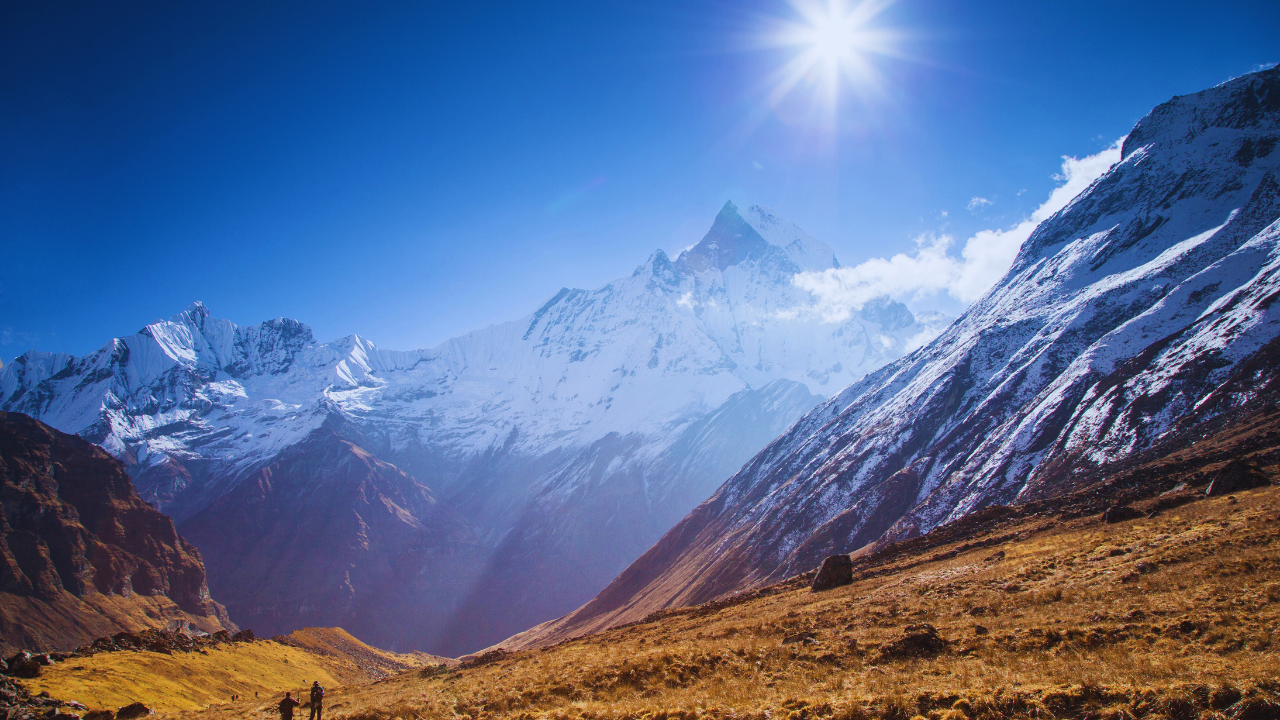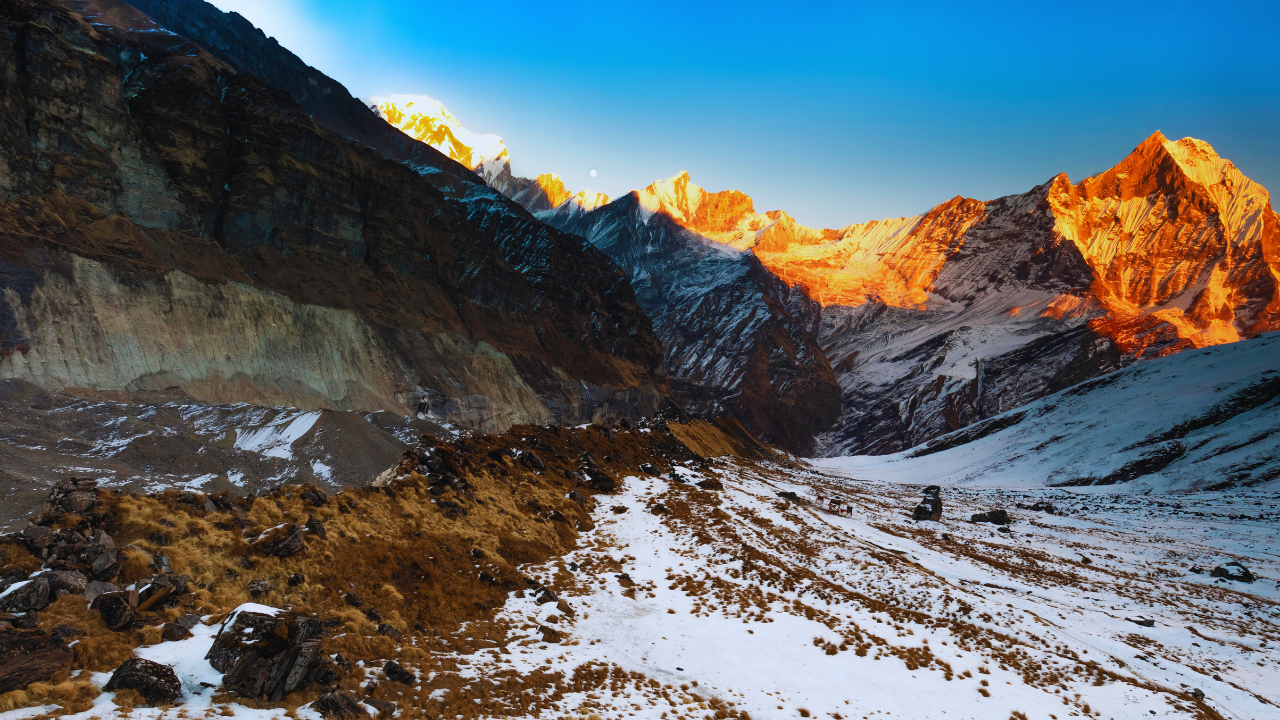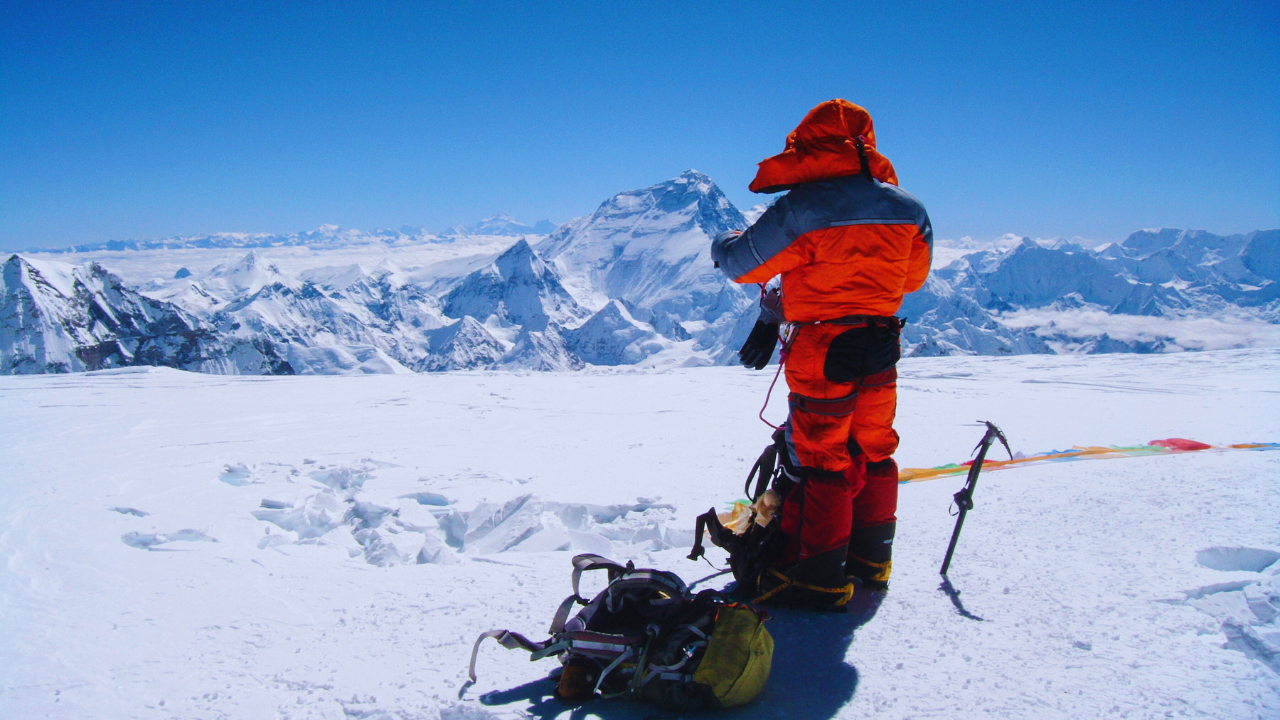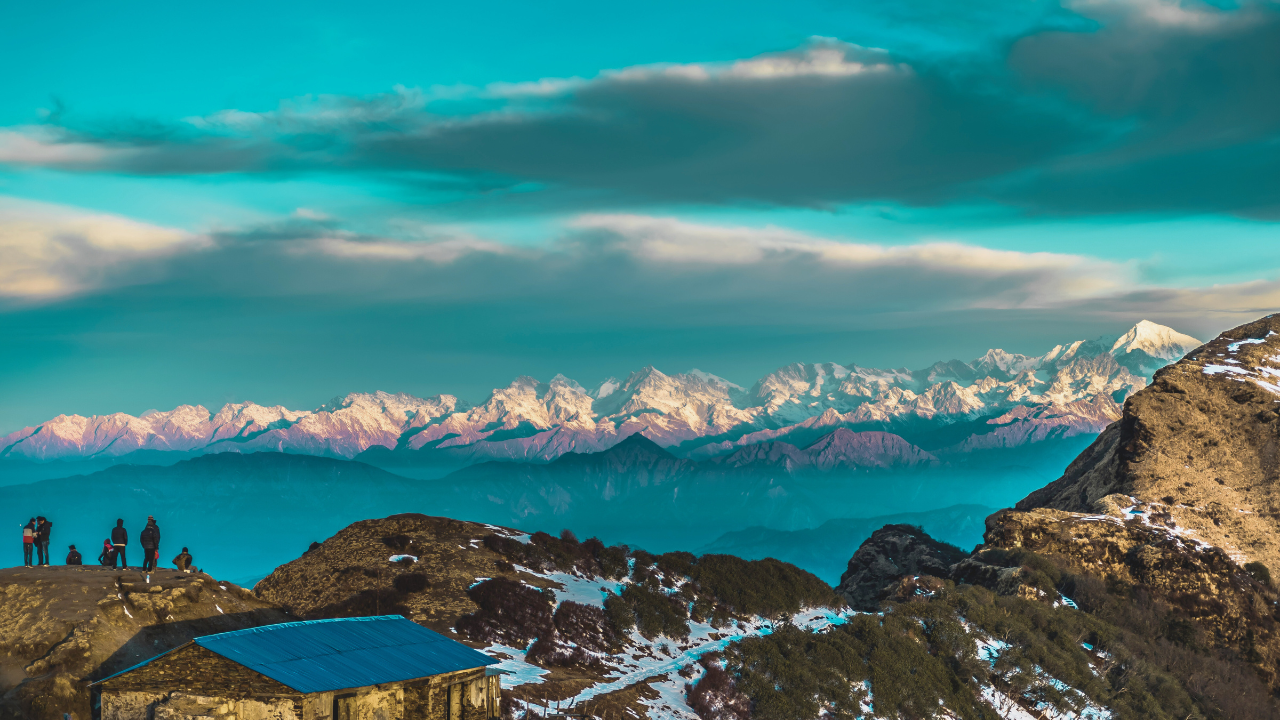Majestically awe-inspiring and fearfully challenging, the Himalayas have kept adventurers and spiritual seekers in captivity throughout time. These towering peaks rise above plains and whisper faint echoes of ancient wisdom and human endurance. But severed off every successful climb, every dignified photograph, and return ticket from the roof of the world lies a story left untold and heroic valour spread across the Himalayas. This is the story of Sherpas-the actual protectors of the Himalayas.
The term "Sherpa," which means "east people," is given to an ethnic people who moved down from the east in Tibet to the Himalayas, Nepal, in the region named Solu-Khumbu, about 500 years ago. They took their beautiful heritage, an utmost respect for mountains, as well as an inborn skill for living in the most challenging high-altitude terrain on Earth.
Although the world is used to them as the finest mountain climbers, their identity is much broader as well as deeper in terms of their beautiful skill in mountain climbing. They are people which live in their very strong spiritual connection to Himalayas, hospitality par excellence, as well as a way of life which is closely related to mountains' beat.
The Sherpa ethic goes hand in hand with Tibetan Buddhism, a religion that emphasises harmony with nature and respect all living creatures. They respect their mountains sacredly, where their deities and spirits are. The Sherpas, prior to each trek, conduct formal pujas, prayer ceremonies, in which they pray for mountain god protection for safety and for successful passage, vouching for their religious respect for high mountains as they pass through them. Colourful prayer flags waving in mountain breezes, prayer walls, or mani walls inscribed in prayer are everyday scenes in their villages, lasting testament to their piety.
A synonymous society lives under hard family responsibilities and community assistance. The stark realities of mountain life produced a whole ethic of mutual assistance, whereby people assist each other and families share ends as well as means. Such aid is common in climbing expeditions, on which the spirit of teamwork and loyalty is a decisive factor for their safety and success as a team. Their traditional meal symbolizes their isolation along with their respect for the biosphere since the ingredients are simple: potatoes, grains, and yak milk products.
For generations, Sherpas have been the backbone of Himalayan mountaineering. They are not porters, but writers of triumph, the silent sentinels which translate impossibility desires to attainable reality. From establishing routes through deadly icefalls and fixing ropes through deadly crevasses to reconnaissance for safest climbs and establishing high camps in minute, painstaking detail, their expertise is unique.
The innate ability, refined through the ages, through natural selection and physiological fine-tuning, for tolerating extreme altitude, means that they can function at an altitude where others suffer for each breath. Studies even indicate that Sherpas possess an identifiable genetic profile which fine-tunes their use of oxygen, making them true giants at high altitude.
Aside from their mountain expertise and physical endurance, the Sherpas are invaluable guides besides, their help reliable, their experience for probable risk sharp. Trained in crevs rescue and first aid, they are the very initial rescue team in the event emergencies befall, not hesitant to risk their very lives in their wards' safety.
As much as their Western counterparts sometimes manage to grab all the spotlights, much of the hard grind, physically as well as psychologically, is provided through the Sherpas toiling clearing ground and making the passage safety secure upward. Even as their names do not always grab all the headlines, their bravery and dedication are inscribed in the very book of Himalayan climbing.
While Sherpas and province inhabitants alike face challenges new to their time, their mountains have forever been a magnificence under threat. Mountaineering, besides being a steady source of revenue, also ironically increases their risk. Even the tragic accidents that claim Sherpa lives serve as severe reminders of the dangers inherent in their profession. Many Sherpas do this risky job not out of love but because it provides a living, thus promising their families a better future.
Naturally, the Himalayas are at the forefront of climate change. The rapidly melting glaciers and erratic weather patterns are directly impacting the lives of the Sherpas, threatening their traditional farming and herding practices. The terrain that they live on and earn their living from are now undergoing major transformations with a whole suite of new threats to their society. Besides, environmental issues also arise due to tourism as the fragile ecosystem struggles under the pressure exerted by tourists and their wastes.
Yet with every hardship, the Sherpas exhibit incredible resilience and capacity for adaptation. Many communities are actively striving for sustainable tourism and are involved in various programs for education and community development. They are attempting to merge ancient customs with present-day demands, holding tight their culture while considering another way forward.
They are considered to encompass the Himalayas because of their ability to guide; hence the whole spirit of Sherpas is the manifestation of living organisms until eternity in those giant peaks. Their tale depicts invincible strength, very deep spirituality, and life being inseparable from the new mountains. While watching the majestic Himalayas, let us remember the silent heroes who preserve those mountains, the Sherpas-the real protector of the roof of the world.















































Comments